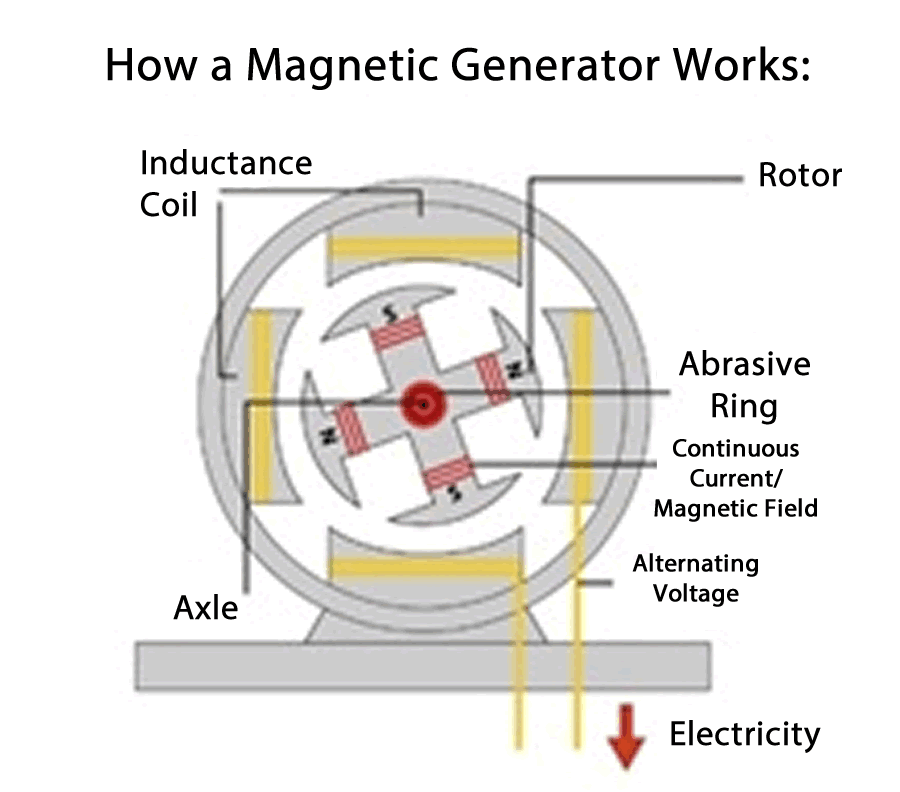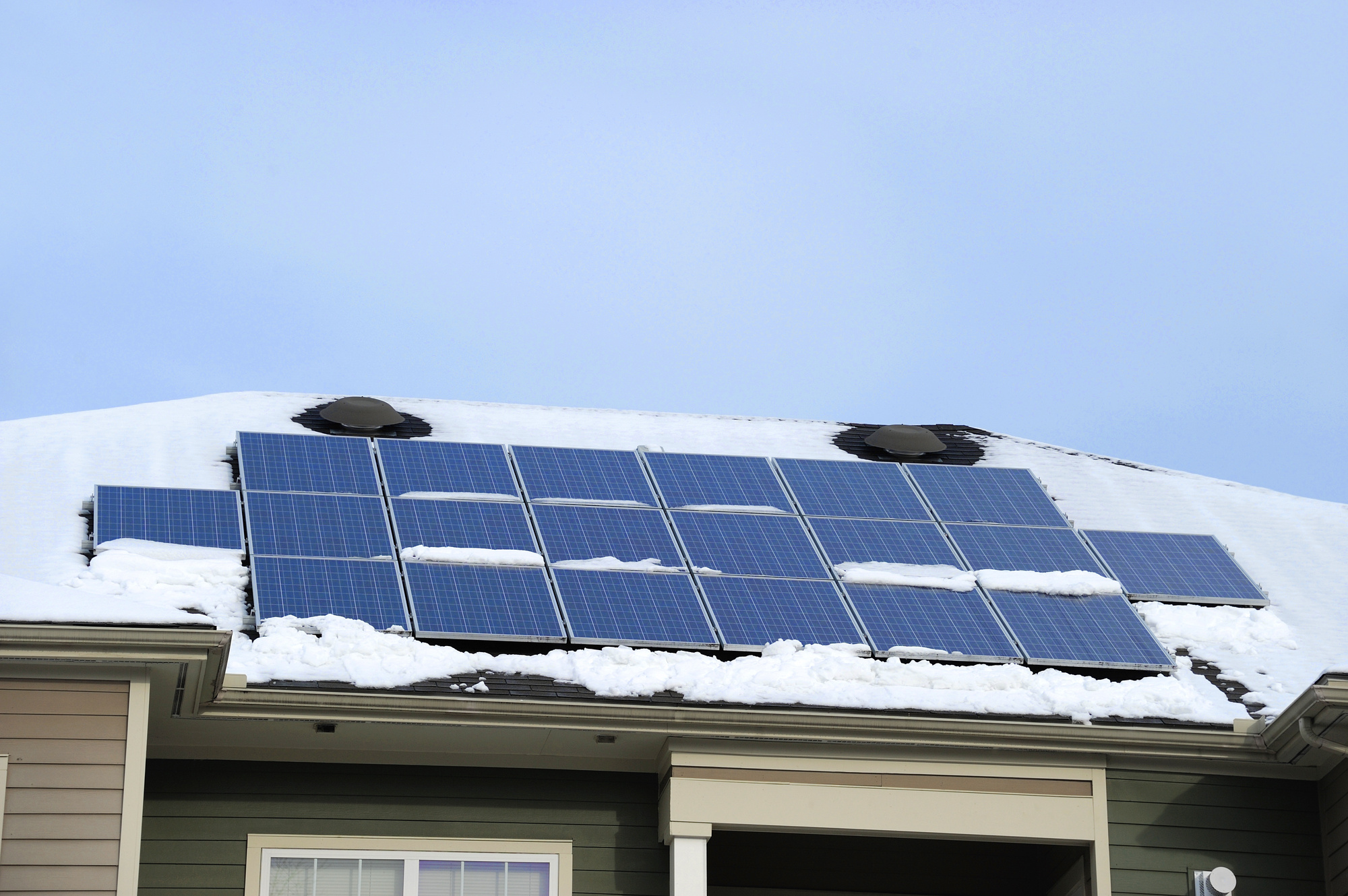To understand what a magnet motor free energy generator is and if they even work, we should first take a closer look at the specifics of energy and what a generator is capable of doing.
A magnetic motor (or magnetic energy generator) can provide electricity without having to use fuel. They are typically built with magnets and copper wire coils to provide a greener alternative to electricity. Now think back to science class and the chapter on magnets. Like poles will repel each other while opposite poles attract each other. Once the magnetic motor is started, it can be treated as a turbine that you can receive electrical energy from. Therefore, they are useful during power outages in the midst of a storm, for example. Most magnetic generators you think of in this type of scenario, however, are running off fuel. Now, think what would happen if you didn’t have the fuel: The generator simply would not run. This is where the magnet theory comes into play.
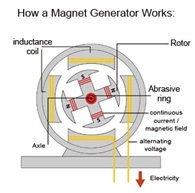 We all learned that you need a source to generate free electricity. The standard generators that come to mind use fuel as the output power, magnet generators are claiming to run purely off a magnetic arrangement.
We all learned that you need a source to generate free electricity. The standard generators that come to mind use fuel as the output power, magnet generators are claiming to run purely off a magnetic arrangement.
Free electricity is an alternative energy source that is shown to be more efficient and cleaner than what we currently use. It is also a more affordable energy source. The law of energy states that the total energy of an isolated system remains constant and is said to be conserved over time. Energy cannot be created or destroyed. Instead, it is transformed from one form to another.
Perpetual motion machines cannot exist according to this law because no system without an external energy supply can deliver an unlimited amount of energy to its surroundings. With a magnet motor, free energy generator wouldn’t work.
Conventional science is quick to say that we cannot pull energy from an environmental source but we have been utilizing different forms of environmental energy such as hydroelectric power, solar panels, tidal power systems, and geothermal energy systems.
What is Free Energy?
Free energy is a thermodynamic quantity equivalent to the capacity of a system to do work. We can obtain energy from sources that do not require an input that we have to pay for such as other forms of energy including fuel, oil, and coal. Free energy is what we can find from our local environment and use without having to suffer costs. Conventional science is out of date and needs to be upgraded to reflect our society. We utilize free energy in different ways and we do not require a paid source of energy.
Magnets Creating Energy
Magnetic fields pull and push electrons in objects near them to make them move. When a magnet is moved quickly through a coil of wire, the electrons will move and make electricity. Electromagnetism is the combination of electricity and magnetism. Spinning magnets can cause an electric current to begin to flow and create free energy.
What are Electromagnets?
Electromagnets have a soft metal core that is made into a magnet by the passage of an electric current through a coil that is surrounding it. The strength of the electromagnet can be changed by altering the amount of the electric current that is flowing through it. The poles can also be reversed by simply reversing the flow of the electricity.
What are Permanent Magnets?
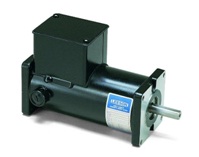 Permanent magnets, on the other hand, are magnets that retain the magnetic properties even in the absence of an inducing field or current. These magnets create their own magnetic field that is persistent and continuous. They provide continuous power if the magnets are arranged in such a way that the lines of the magnetic flow are no longer symmetrical and can provide a useful directional force.
Permanent magnets, on the other hand, are magnets that retain the magnetic properties even in the absence of an inducing field or current. These magnets create their own magnetic field that is persistent and continuous. They provide continuous power if the magnets are arranged in such a way that the lines of the magnetic flow are no longer symmetrical and can provide a useful directional force.
The Adams Motor
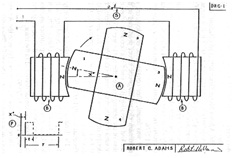 The Adams Motor is an example of the use of magnetism as a free energy source. The magnets in the motor are attracted to the iron cores of the electromagnets and they rotate the drive shaft and power the motor. The moving magnets generate electrical power into the windings of the electromagnets and this is what is used to charge the battery.
The Adams Motor is an example of the use of magnetism as a free energy source. The magnets in the motor are attracted to the iron cores of the electromagnets and they rotate the drive shaft and power the motor. The moving magnets generate electrical power into the windings of the electromagnets and this is what is used to charge the battery.
The permanent magnets reach the electromagnets and the electric power is then fed to the windings and can overcome the backward pull that could potentially hinder the drive shaft’s rotation. When that power is cut off, the EMF pulse is captured and use to continue to charge the battery. Finally, additionally mounted pickup coils can generate more power with extra currents.
Charles Flynn
Charles Flynn used an electrical screening system to prevent the magnetic drag that can hinder the drive shaft 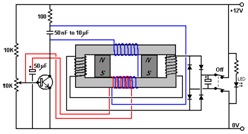 rotation. Instead of using electromagnets like in the Adams Motor, he uses permanent magnets.
rotation. Instead of using electromagnets like in the Adams Motor, he uses permanent magnets.
PPMT or Parallel Path Magnetic Technology uses permanent magnets that are controlled by a field coil in parallel magnetic circuits. Magnetic fields are steered by electrical currents. The electrical currents are not the cause of the field; they are already present and just align with the electrical current.
The Problem
The magnetic energy that is used to run a motor over time does not require an outside energy source to generate electricity like the sun or water. It is running purely on the magnet arrangement. However, over time, the magnets can lose their magnetism, so they will have to be replaced at some point to continue to generate electricity. The biggest problem we are facing is trying to figure out exactly what type of magnets would work best for this free energy source.
Conclusion
Magnetic energy will never be 100% free. There will always be some maintenance or startup costs involved, such as when the magnets will need to be replaced. The point of the magnet motor is to provide an alternative energy source so that we do not have to solely rely on fossil fuels. The magnets are also not doing harm to the environment. The biggest issue is going to be the cost of the replacement magnets.
A magnet motor energy generator works, but the science behind this revolutionary concept needs some more developing and work through to become a reliable energy source to reduce our dependence on fossil fuels.

